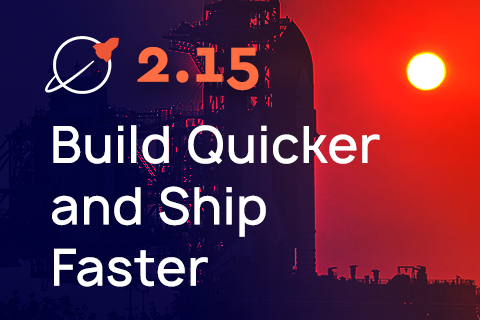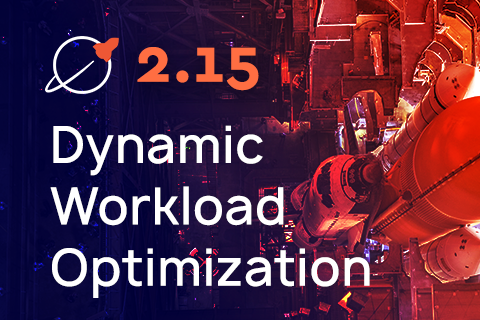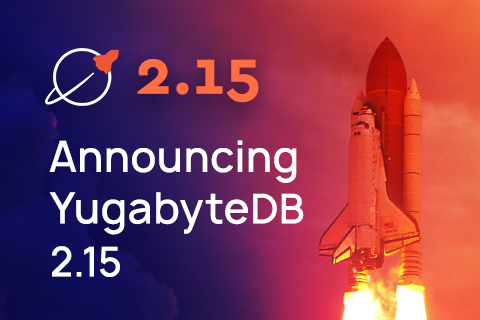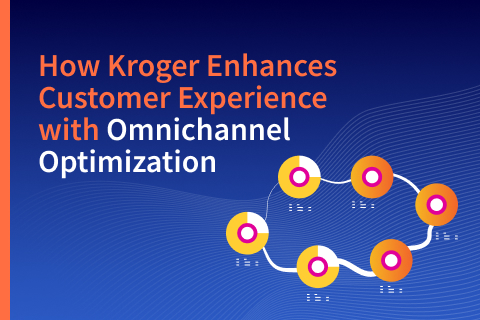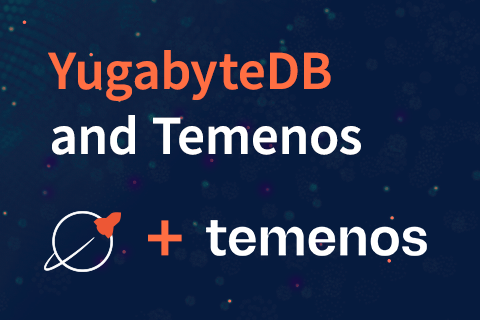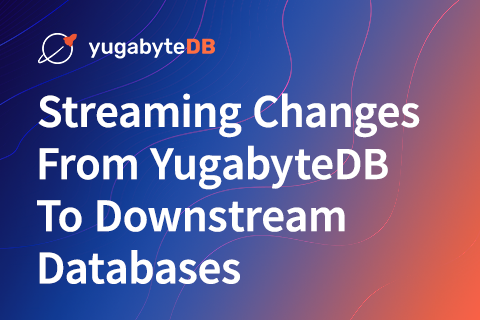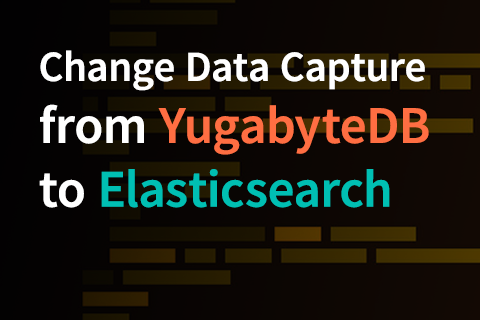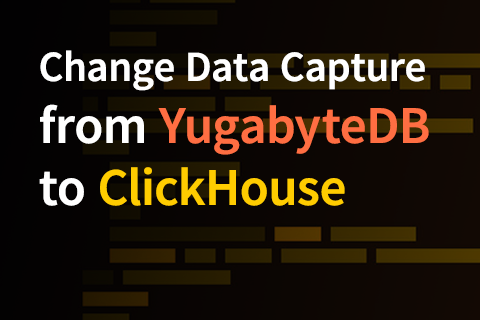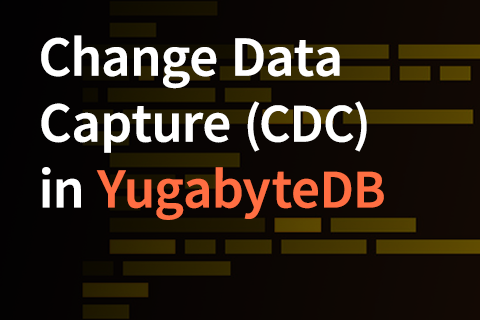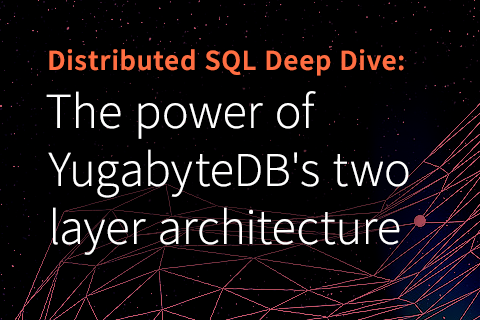YugabyteDB 2.15: Enable Developers to Build Quicker and Ship Faster
This release contains several new enhancements to help you onboard rapidly and leverage familiar, proven capabilities and tools. With the new release, you can reduce your time-to-market for new innovations by eliminating those time-consuming projects to fix nagging issues in your legacy database. Continue reading to learn more.
